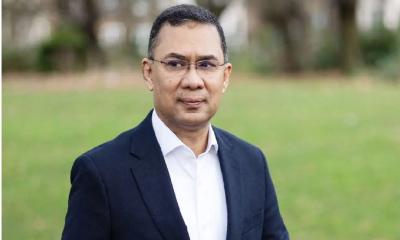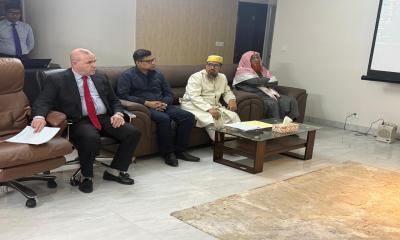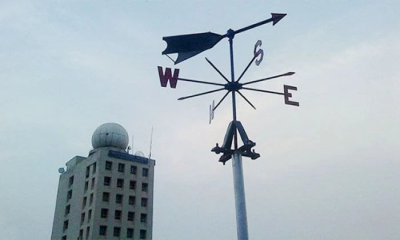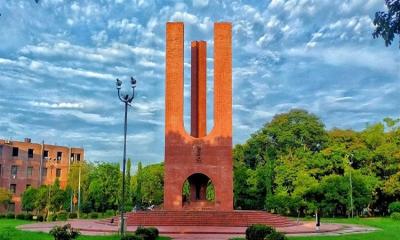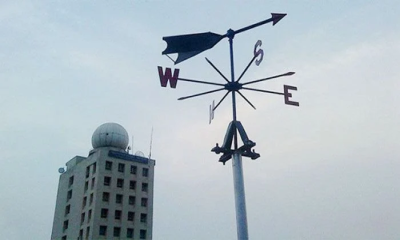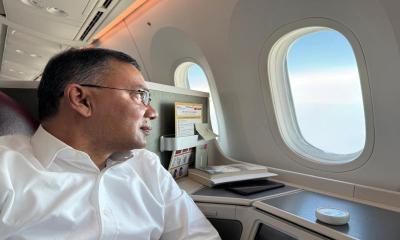An aspect of the life of North Korean founder Kim Il Sung that researchers often find inaccessible is the man’s childhood.
Not only Kim’s behavior after taking power in 1945, but also his activities with anti-Japanese guerillas in Manchuria and his service with the Soviet Red Army can be traced in considerable detail in Chinese, Japanese and Soviet documents.
But very few sources cover the time before Kim joined the Communist Party of China and founded his guerilla unit. That was an issue I encountered recently while writing a biography of Kim. I would like to share with our readers the research method I discovered.
First of all, sources from that time may be very few, but they do exist. Kim Il Sung’s father Kim Hyong Jik took part in the March 1 Movement and later fled to Manchuria with his family. For that reason, he is mentioned in Japanese police records as being an anti-Japanese activist.
Along with Kim Hyong Jik’s participation in the March 1 Movement, those records also shed light on his property. As of 1925, the Kim family’s property was worth around JPY 1,000 — a little more than the average wages for two years of work in Manchuria.
In addition to such contemporaneous records, other sources include the testimonies of people who knew the family of Kim Il Sung. Perhaps the two key witnesses here are Kim Hyeong Seok, professor emeritus at Yonsei University, and Lee Yong Sang, a poet.
In his childhood, Kim Hyeong Seok heard a lot about Kim Hyong Jik’s family, while Lee Yong Sang provided a detailed description of Kim Yong Ju, younger brother of Kim Il Sung, in his memoirs, “Military Uniforms in Three Colors.”
Through that book, we learn that Kim Yong Ju was an interpreter for the Japanese military. Further confirmation of Kim’s outstanding command of Japanese appears in the memoirs of Kazuko Kobayashi, a Japanese woman who worked as a housekeeper for the family of Kim Il Sung in 1945 and 1946.
A final set of sources is North Korean books from the early 1960s. For a student of history, this is a fascinating period. It was a time when the cult of personality around Kim Il Sung had developed but not yet become the official narrative.
That gives us insight into facts that were concealed in the years to come. For example, we learn from a book called “Mangyongdae,” published in Pyongyang in 1960, that Kim Il Sung was born not in the neighborhood of Mangyongdae, as North Korea currently claims, but in the nearby neighborhood of Chilgol.
Furthermore, a book called “Sunset over Mangyong Peak,” published in 1964, says that Kim Hyong Jik had an adopted son named Kim Ryong Ho. We can also infer that Kim Ryong Ho and Kim Il Sung (who was one year younger) were half brothers, born to the same father, but different mothers.
To be sure, North Korean books were later stripped of all mention of Kim Ryong Ho.
While no figure in North Korean history is more important than Kim Il Sung, there is very little information about his early years. My hope is that the points mentioned above will prove useful to future researchers.




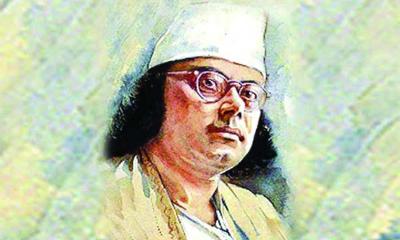

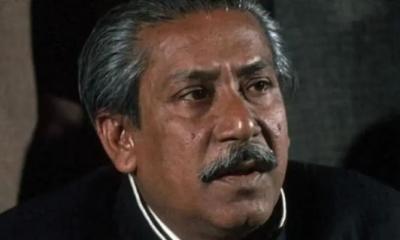
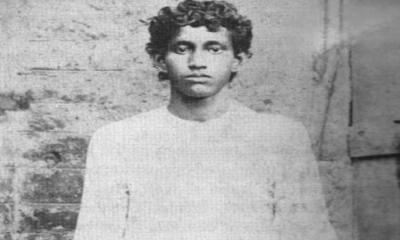
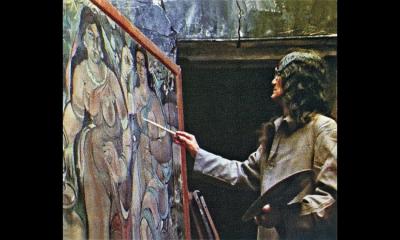

-20251228081915.jpg)
-20251228081840.jpeg)

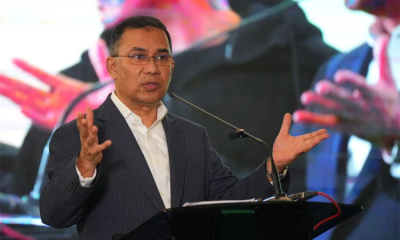

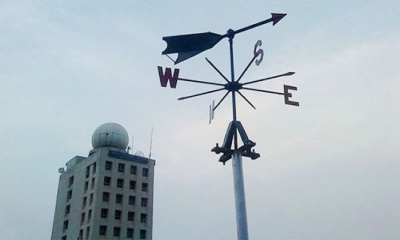
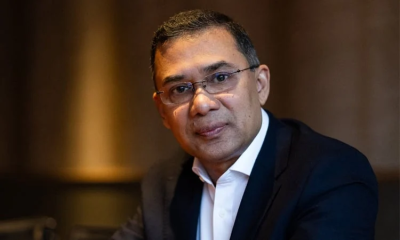
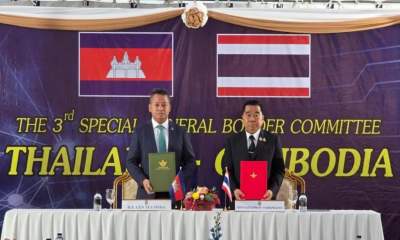

-20251228011000.webp)

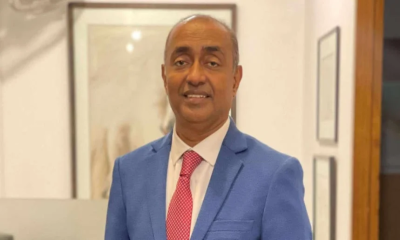
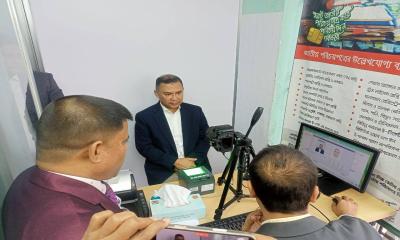
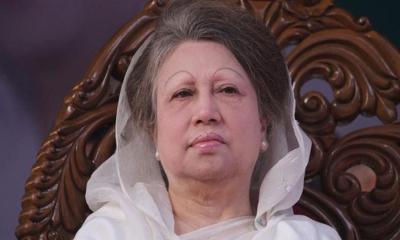


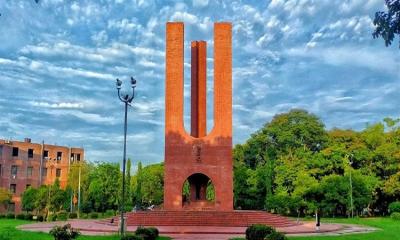
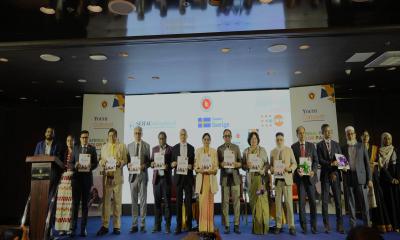
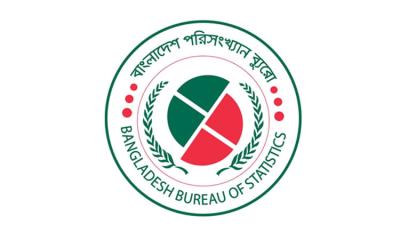
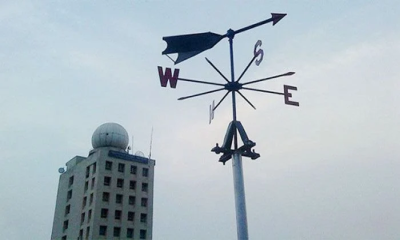
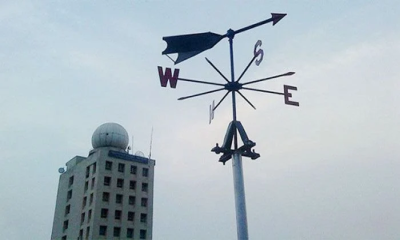
-20251227141313.jpeg)
